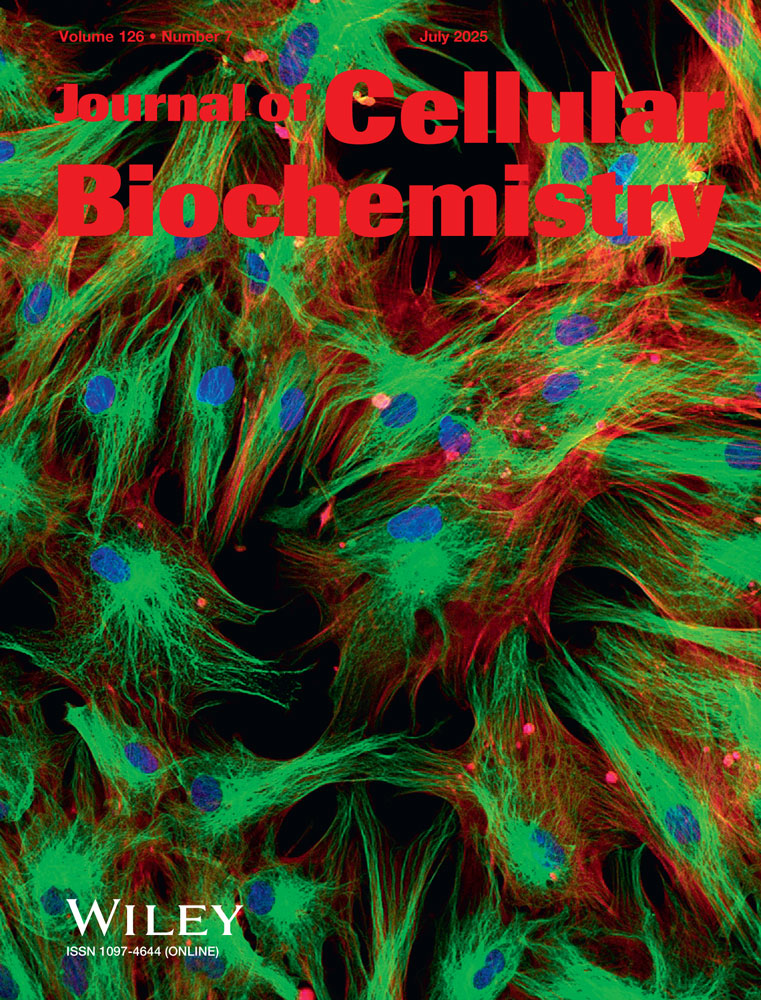Changes in the sulfation extent of membrane-associated proteoglycans produced by sertoli cells in culture
Abstract
Sertoli cells in culture synthesize two different membrane-associated proteoglycans (MA-PG): a proteoglycan containing heparan sulfate (HS) and chondroitin sulfate (CS) glycosaminoglycan (GAG) chains and a CS-PG containing only CS-GAG chains. The structure of these molecules is regulated by the presence of fetal calf serum (FCS) in the culture medium. Changes in the concentration of FCS resulted in changes in the total 35SO4 incorporation into MA-PG and a shift in the elution profile of each component subjected to ion-exchange chromatography. Thus, without FCS, the incorporation was low, while in 1% and 10% FCS, the uptake of the precursor was 1.7 and 4.5 times higher, respectively. MA-PG synthesized by Sertoli cells cultured in 10% FCS eluted from DEAE-Sephacel columns at higher salt concentration than the MA-PG synthesized by cells cultured in 0% or 1% FCS. Double-labeled experiments showed that the 35SO4/3H-glucosamine ratio incorporated into MA-PG produced by Sertoli cells, increased from 17.6 to 23.6 and 50.9 in cells cultured at 0, 1, and 10% FCS, respectively. However, the presence of FCS affected neither the hydrodynamic size nor the chemical nature of GAG chains of MA-PG. These results show that changes in the FCS concentration promote changes in the sulfation extent of MA-PG molecules produced by Sertoli cells.




